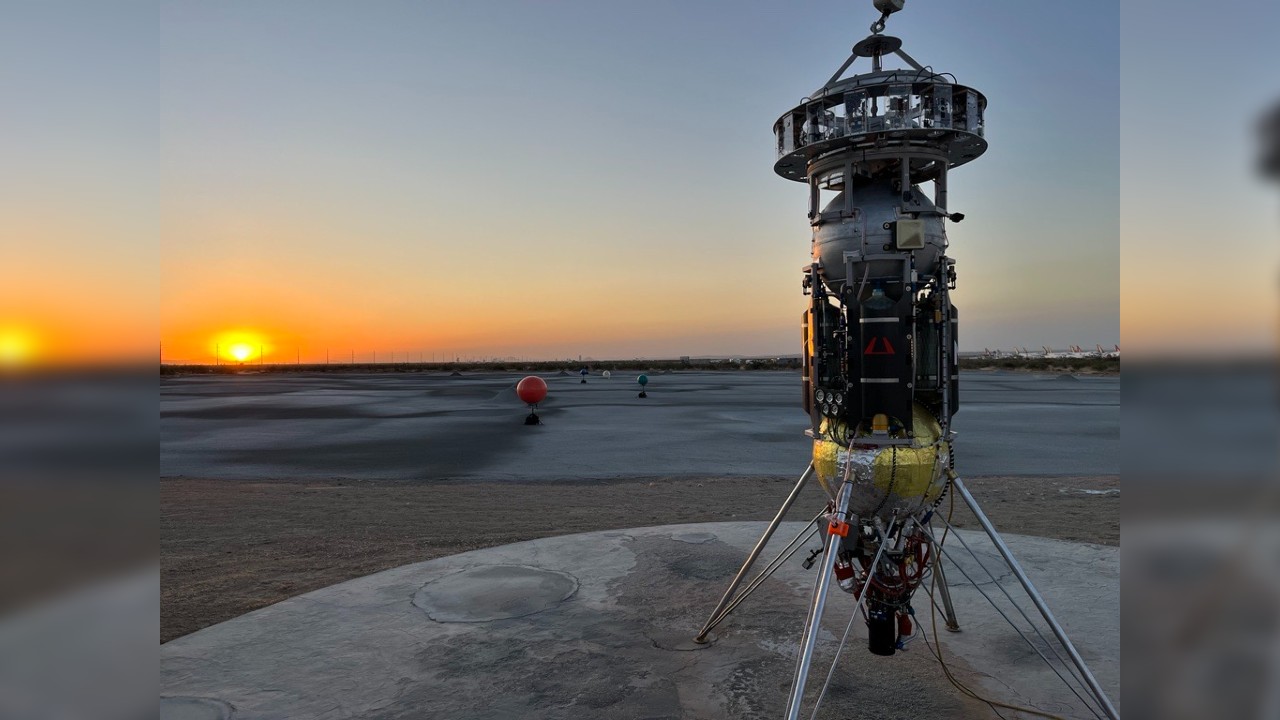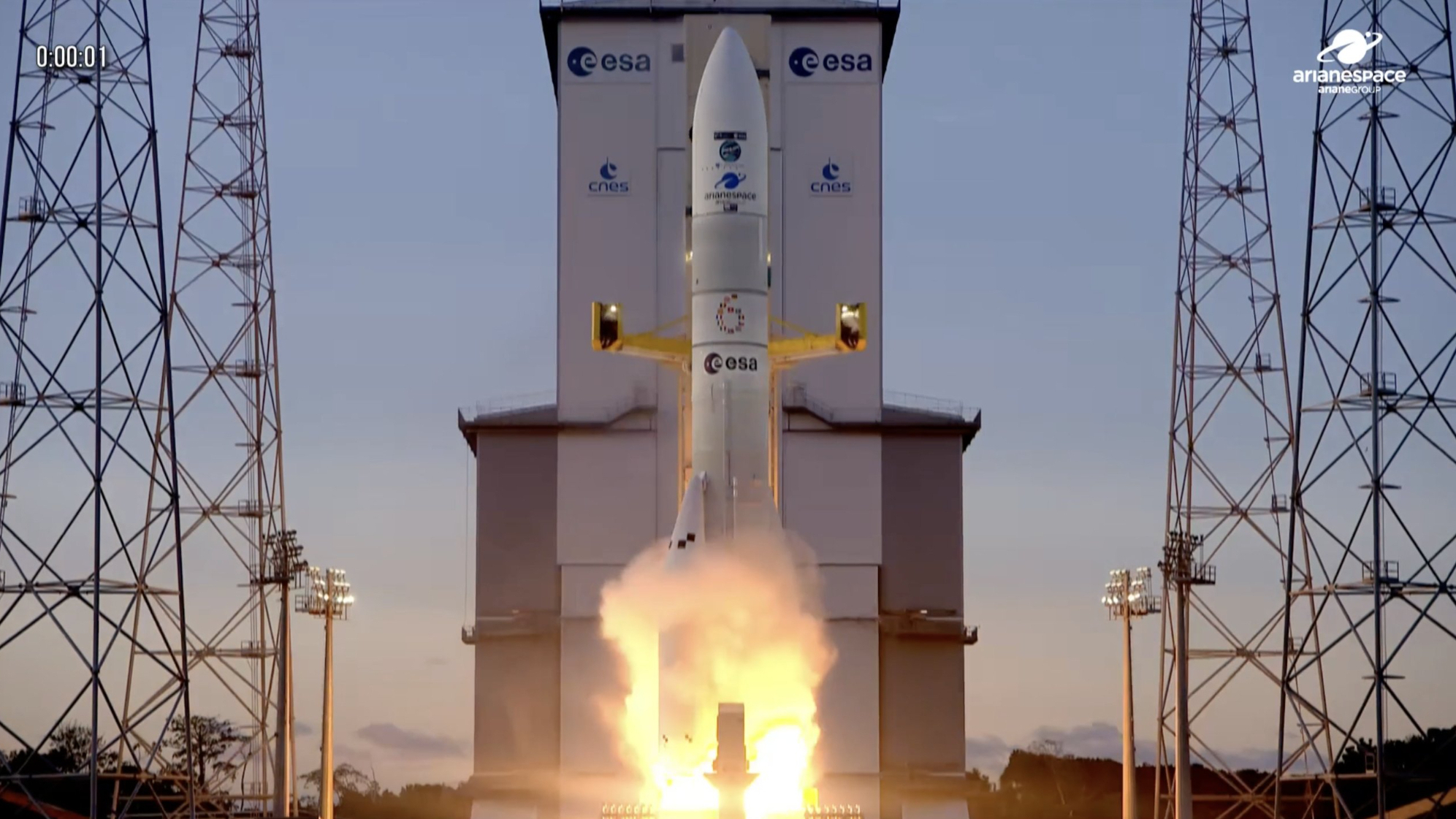The moon on Earth: Astrobotic unveils 'proving ground' for future lunar missions
"Our Lunar Surface Proving Ground stands out as the most realistic test field of this scale, modeled directly from a lunar surface map, anywhere in the world."

Astrobotic has unveiled a lunar testing ground to help prepare for a range of coming moon missions.
The roughly 330-by-330-foot (100 by 100 meters) Lunar Surface Proving Ground (LSPG) in Mojave, California, is a high-fidelity 3D test field that replicates conditions on the moon.
The LSPG, modeled using Astrobotic's LunaRay tools, simulates lunar topography and the extreme lighting conditions at the lunar south pole. It will be used for testing precision lunar landing technologies, such as LiDAR scanners, as well as driving rovers and other robotic systems.
"Our Lunar Surface Proving Ground stands out as the most realistic test field of this scale, modeled directly from a lunar surface map, anywhere in the world," said Sean Bedford, director of business development at Astrobotic, in a statement.
"We're excited to simulate the lunar landscape for high-fidelity testing here on Earth as industry, government and academia develop moon-to-Mars capabilities."
The LSPG debuted with NASA's 2023-2024 TechRise Student Challenge, in which 30 student teams flew experiments over the LSPG using Astrobotic's Xodiac reusable vertical-takeoff, vertical-landing (VTVL) rocket.
Breaking space news, the latest updates on rocket launches, skywatching events and more!
Astrobotic launched its Peregrine lander in January on United Launch Alliance's new Vulcan Centaur rocket. Peregrine became the first U.S. commercial lunar lander to operate in space. However, the lunar lander encountered a serious anomaly shortly after separating from the rocket's upper stage. Peregrine reentered Earth's atmosphere on Jan. 18.
The company is, however, still aiming to launch its second moon lander, a larger vehicle known as Griffin, by the end of the year.

Andrew is a freelance space journalist with a focus on reporting on China's rapidly growing space sector. He began writing for Space.com in 2019 and writes for SpaceNews, IEEE Spectrum, National Geographic, Sky & Telescope, New Scientist and others. Andrew first caught the space bug when, as a youngster, he saw Voyager images of other worlds in our solar system for the first time. Away from space, Andrew enjoys trail running in the forests of Finland. You can follow him on Twitter @AJ_FI.
